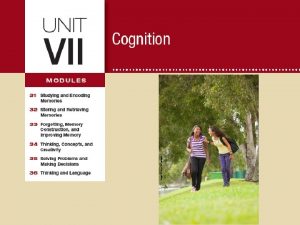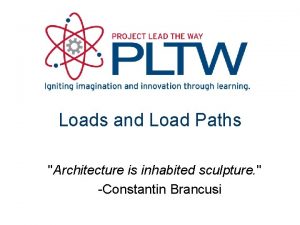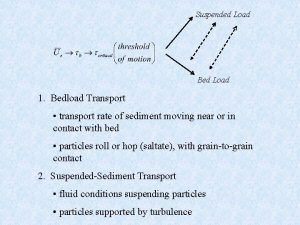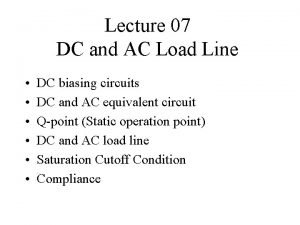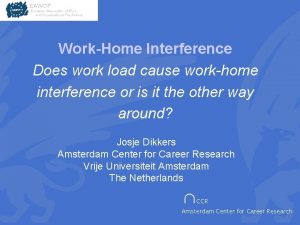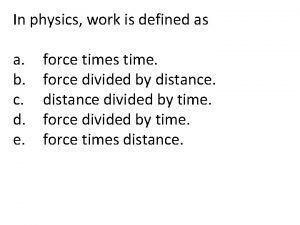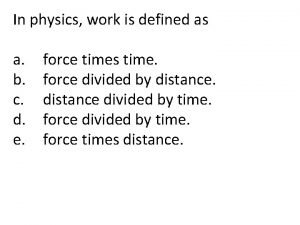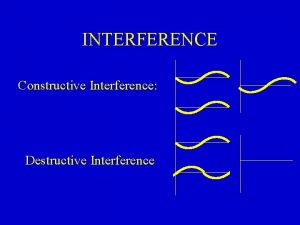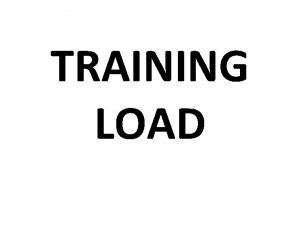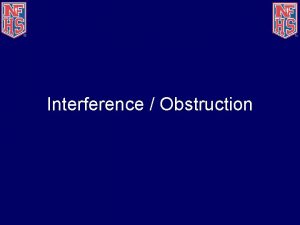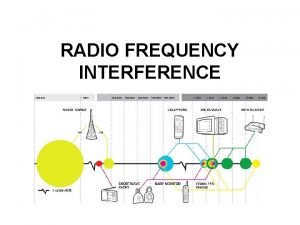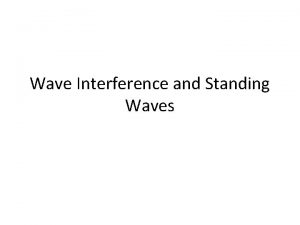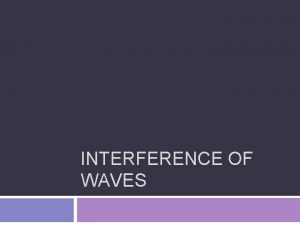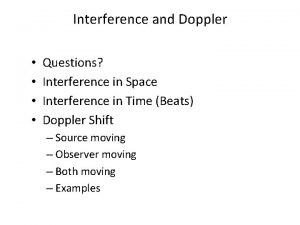WorkHome Interference Does work load cause workhome interference












- Slides: 12

Work-Home Interference Does work load cause work-home interference or is it the other way around? Josje Dikkers Amsterdam Center for Career Research Vrije Universiteit Amsterdam The Netherlands ∩ CCR Amsterdam Center for Career Research

Work-Home Interference • The composition of the workforce has changed; more women have joined the workforce, and the number of dual earner families is rising. • Some 40% of the Dutch workforce experiences conflicts between work and home (Geurts, Kompier, Roxburgh, & Houtman, 2003); in the USA 30% of employees and 40% of working parents report workhome conflicts (Bond, Galinsky, & Swanberg, 1998) ∩ CCR Amsterdam Center for Career Research

Process whereby one’s functioning (and behavior) in the home domain is influenced negatively by demands from the work domain (Geurts & Demerouti, 2003) ∩ CCR Amsterdam Center for Career Research

Antecedents • Several reviews (e. g. , Byron, 2005; Eby et al. , 2005) distinguish between three main categories of antecedents: 1. work domain variables (e. g. , schedule flexibility), 2. non-work or family domain variables (e. g. , marital conflict), and 3. demographic and individual variables (e. g. , income) ∩ CCR Amsterdam Center for Career Research

• Among work domain variables, research has consistently shown that work (over)load is related strongly to work-home interference – Employees experiencing high levels of work (over)load report high levels of work-home interference (WHI) • However, most previous studies are cross-sectional; causal relationships could not be demonstrated ∩ CCR Amsterdam Center for Career Research

Study • Research question: what is the causal relationship between perceived quantitative workload and WHI? – Hypothesis 1: high levels of T 1 workload are associated with increased levels of T 2 WHI – Hypothesis 2: high levels of T 1 WHI are associated with increased levels of T 2 workload ∩ CCR Amsterdam Center for Career Research

Time 1 Workload Work-home interference Time 2 H. 1 Workload H. 2 Work-home interference ∩ CCR Amsterdam Center for Career Research

Method • Sample: N = 828 Dutch police officers (85% male, M age = 42 years; 83% performing standard police work) • Two-wave, full-panel design with a 1 -year time interval • Instruments: – Workload – NOVA-WEBA (Dhondt & Houtman, 1992; 1997) – WHI – SWING (Geurts et al. , 2005) – Covariates – Gender and age – Reported job and family changes in-between the waves ∩ CCR Amsterdam Center for Career Research

• Reported changes in-between waves: 1. No job/family change(s) (N = 519) 2. Job change(s) (N = 126); mainly for better career opportunities (39%) and more challenging tasks (34%) 3. Family change(s) (N = 140) 4. Job & family change(s) (N = 31); mainly child(ren) leaving the house (26%), and childbirth (24%) ∩ CCR Amsterdam Center for Career Research

Results Time 1 Time 2 β =. 57 Workload β =. 12 Workload Work-home interference β =. 16 Work-home interference β =. 60 ∩ CCR Amsterdam Center for Career Research

Conclusions 1. Workload and WHI influence each other reciprocally over a 1 -year period; dynamic process 2. Job and family changes did not have a substantial effect on workload and WHI, nor on their relationships 3. Theoretical implication: integrative WHI models 4. Practical implication: interventions at the workplace (family-friendly policies & culture) & individual level (active coping and planning) ∩ CCR Amsterdam Center for Career Research

Questions? ∩ CCR Amsterdam Center for Career Research
 What is proactive and retroactive interference
What is proactive and retroactive interference Retrospective interference
Retrospective interference Axial load and radial load
Axial load and radial load Red dot
Red dot Pux
Pux The point of intersection of dc and ac load line
The point of intersection of dc and ac load line Working interference
Working interference Underlying cause and immediate cause
Underlying cause and immediate cause Ultimate cause of behavior
Ultimate cause of behavior Proximate and ultimate causes of behaviour
Proximate and ultimate causes of behaviour Imprinting example
Imprinting example In physics, work is defined as *
In physics, work is defined as * In physics, work is defined as *
In physics, work is defined as *

